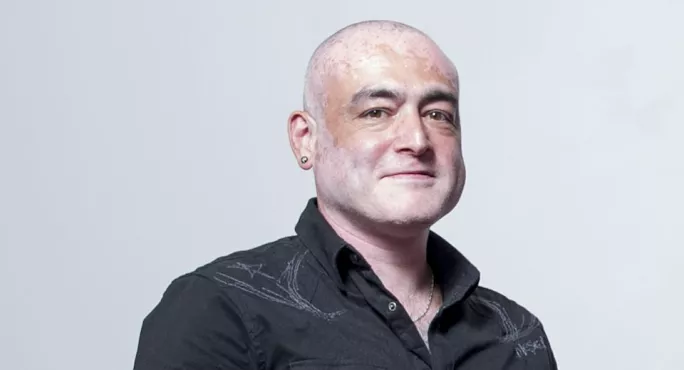- Home
- Three golden rules for supporting autistic pupils
Three golden rules for supporting autistic pupils

“Being autistic is not necessarily disabling,” explains Dr Luke Beardon. “Instead, it is a disadvantage. And is that disadvantage a result of being autistic, or is it a result of being in a certain environment?”
Dr Beardon is certain it is the latter. He is a senior lecturer working within The Autism Centre at Sheffield Hallam University and on this week’s Podagogy podcast he explains why he believes autistic children have an unnecessarily challenging time in school.
“Being a teacher and having that level of expectation to engage with the autistic community without really good solid levels of support is massively unfair on the teacher, the child and the family,” he explains. “But there is no doubt we are failing these kids.”
Signs of autism in children
Partly, this is down to a misconception that there is a set way of supporting autistic young people, he says.
“I go into some schools and they will tell you they know how to support an autistic child as they taught Jane last year who was autistic, at which point I would say that just demonstrates that you do not know what you are talking about as you are assuming that what works for Jane will work for Johnny.
“You will never get one thing that works for all autistic people. It is all about understanding that the person is autistic, understanding that this means that the majority of the standard ways you teach may not be effective, and then trying to adapt those ways of teaching to an individual autistic need.”
Identifying children with autism
Another way the children are being failed, though, is a failure to identify them as being autistic.
“You get some autistic children who adopt masking behaviour to get by during the day, but that does not dispel the underlying anxiety they are feeling at school. So what is going on behind the scenes may be very different to what the teacher sees and that child may go home and wreck the house as their anxiety has hit a level they just cannot deal with,” says Dr Beardon,
“Certainly, from an education point of view, I understand why if all problems are at home [the assumption is made] that it must be the home environment, but it is almost always the case that it is built up anxiety over the day and the child feels comfortable enough at home to show that anxiety.
“I know so many parents find it very difficult to communicate to schools what happens at home, especially if the behaviour does not happen at school. But parents are to be believed - they do not make these things up.”
Autism support
There are practical processes that schools can abide by that ensure the autistic child’s needs are met, argues Beardon, and he groups these as three golden rules.
-
Autism plus the environment equals the outcome. That outcome might be positive or negative, but the person who is autistic remains the same; it is the environment that leads to the outcome. So if you want a successful outcome, and you recognise the person with autism cannot change their brain, then the only thing you can change is the environment. And that often, but not always, means the people within that environment.
-
If you are going to apply a way of engaging an autistic person which is the same as you would use for the rest of the non-autistic population - talking to them, teaching them - then the more success that has with the non-autistic person, the less chance it will have of working with the autistic population. Basically, the traditional way will just not work.
-
What you put in needs to balance out with what you get out. There is no point spending hours getting an autistic child to develop a skill they will not use in the long run. People might spend hours getting an autistic kid to handwrite, why? Let them touch type. If you have a child who finds grip really difficult because of their autism, give them a laptop. It makes everyone’s life a lot easier. Pick your battles, essentially.
Flexibility is key
In the podcast, Dr Beardon also discusses behaviour, behaviour policies and reasonable adjustments.
“In a lot of secondary mainstream schools, just a little bit of understanding can make a big difference. It does not have to cost a lot or be major, but it might make a huge difference to an autistic child. I am massively in favour of anything that is likely to make the life of an autistic kid better in school. I am a big fan of staggered transition times, as the corridor crush can be a nightmare, getting rid of the school bell can be really helpful. If there are things we can do that are likely to be more effective for autistic kids that are not going to do any harm to anyone else, then let’s absolutely go for it.”
This includes bending the rules so, for example, a child can take their shoes off or loosen a tie or undo a top button due to sensory challenges. He argues that the notion such exceptions will bring a behaviour policy crashing down are ill-founded.
To listen to the podcast in full where Dr Beardon discusses these issues in more detail and gives a huge amount of advice to teachers, search for “Tes the education podcast” on your podcast platform or click the player below.
Keep reading for just £1 per month
You've reached your limit of free articles this month. Subscribe for £1 per month for three months and get:
- Unlimited access to all Tes magazine content
- Exclusive subscriber-only stories
- Award-winning email newsletters



